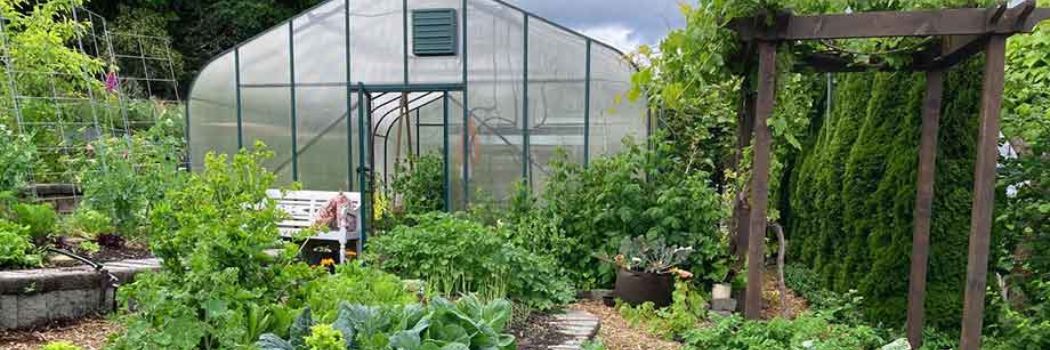Best Viola Companion Vegetables
Viola Companion Vegetables: The Ultimate Guide
Viola flowers are a beautiful and versatile addition to any garden. They come in a wide range of colors, from bright purples and blues to delicate yellows and whites. Violas are also relatively easy to care for, making them a great choice for beginner gardeners.
One of the best things about violas is that they can be companion planted with a variety of vegetables. Companion planting is a gardening technique that involves planting certain plants together to benefit each other. By planting violas with the right vegetables, you can improve the health and productivity of your garden.
In this blog post, we will discuss the best viola companion vegetables. We will also provide tips on how to plant and care for these plants together.
Why Companion Plant Violas?
There are many reasons to companion plant violas. Here are a few of the benefits:
- Attract pollinators. Violas are a great way to attract pollinators, such as bees and butterflies. These insects are essential for the pollination of many vegetables, so attracting them to your garden can help to improve your harvest.
- Discourage pests. The strong scent of violas can help to deter pests, such as cabbage moths and slugs. This can help to protect your vegetables from damage.
- Improve soil quality. Violas help to improve the soil quality by adding nutrients and organic matter. This can benefit the growth of your vegetables.
- Create a more attractive garden. Violas are beautiful flowers that can add color and interest to your garden. They can also be used to create borders or edgings.
What Vegetables Can You Plant With Violas?
There are many vegetables that you can plant with violas. Some of the best companion vegetables include:
- Carrots. Carrots and violas are a classic companion planting combination. The strong scent of the violas helps to deter the carrot fly, a common pest of carrots.
- Cabbage. The strong scent of violas can also help to deter the cabbage moth, another common pest of cabbage.
- Lettuce. Violas and lettuce are both cool-season crops that can be planted together. The violas will help to attract pollinators, which are essential for the pollination of lettuce.
- Spinach. Violas and spinach are another cool-season crop combination. The violas will help to improve the soil quality for the spinach, and the spinach will help to shade the violas from the hot sun.
- Peas. Violas and peas are a good companion planting combination because they have different nutrient requirements. Peas are heavy feeders, while violas are not. This means that you can plant them together without having to worry about one plant competing with the other for nutrients.
How to Plant Violas with Vegetables
When planting violas with vegetables, there are a few things you need to keep in mind:
- Plant violas in full sun or partial shade. They will tolerate full sun, but they will do better in partial shade in hot climates.
- Plant violas in well-drained soil. They do not tolerate wet soil.
- Space violas about 6 inches apart. This will give them enough room to grow and spread.
- Plant violas with vegetables that have similar water and nutrient requirements. This will help to ensure that both plants get the resources they need to thrive.
Conclusion
Viola companion planting is a great way to improve the health and productivity of your garden. By planting violas with the right vegetables, you can attract pollinators, deter pests, improve soil quality, and create a more attractive garden.
If you are new to companion planting, violas are a great place to start. They are easy to care for and can be planted with a variety of vegetables. So next time you are planning your garden, be sure to include some violas.
Image of viola companion vegetables
- Carrots. Violas attract beneficial insects that help to control carrot pests, such as carrot fly.

- Cucumbers. Violas help to deter cucumber beetles and other pests.

- Lettuce. Violas attract pollinators that help to pollinate lettuce flowers.

- Peas. Violas help to improve the soil structure around pea plants, making it easier for the peas to grow.

- Spinach. Violas help to repel aphids, which are a common pest of spinach plants.

Post a Comment for " Best Viola Companion Vegetables"